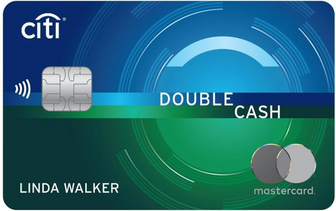
VantageScore was developed by the three main credit bureaus of the United States to provide a consumer credit scoring system. The model is managed by an independent company VantageScore Solutions, LLC, which was founded in 2006. Since 2006, VantageScore has been owned by all three bureaus. It is a completely anonymous system that helps consumers assess their creditworthiness.
VantageScore 3.0
VantageScore 3.0 is a credit scoring model that differs from FICO. It may differ from FICO in some aspects, but the basic principles remain the exact same. These principles include paying bills on time, limiting the use of credit and keeping your credit utilization low. These strategies will help you improve credit scores.
Payment history is the largest factor in VantageScore.0 credit scores. This is generally represented as a percentage, and missed or late payments can really hurt your credit score. Lenders like to see that you've had a long history of using credit responsibly.

Credit mix
Credit mix scores are credit scores that combine several factors. One of the most important factors is payment history. In the calculation, it is also important to consider how long you have had credit accounts. You also need to consider the credit account mix (instalments and revolving loans). Maintaining a healthy credit profile will help you improve your overall score.
10% of FICO scores are affected by credit mix factors. This factor considers several credit accounts, including lines of credit cards. It then combines them to give the VantageScore. A healthy credit mix will include both installment and revolving credit accounts.
Credit utilization
Your credit score can be affected based on many factors, such as the amount of credit card debt that you have. You may be allowed to have multiple credit cards by some lenders, which could lower your utilization ratio. Your credit history is also important. You may find it difficult to manage your spending when you have too many credit card accounts. Also, adding new lines to your credit report can ding your score.
Credit utilization is complicated. It's important that you understand the difference between total credit usage and per-card use. Per-card usage is the ratio of credit available to each card's total balance. Total utilization refers to how much credit you're using in relation to the amount you have. The better your credit score, the lower your overall utilization.

Public records
A person's credit score can be affected by public credit records. These records are often a sign of a negative credit history that can significantly lower a person’s credit score. But, credit reports can also contain other information. Public records include judgments and taxliens. Bankruptcy refers to a person who has failed to pay his or her credit obligations.